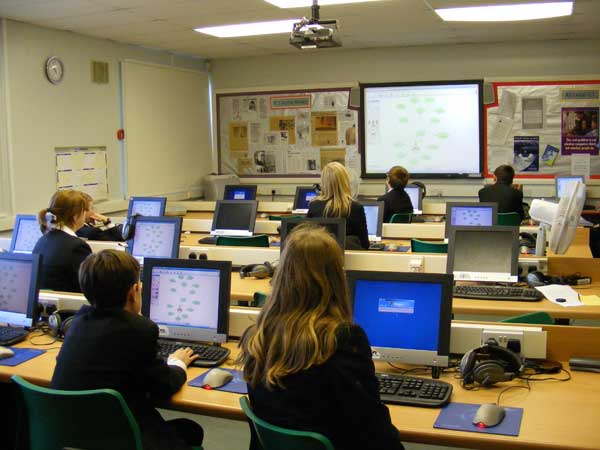
Have you ever been tasked with a particular activity or project and your mind has gone blank when trying to conjure up any sort of creativity? Initial half-baked and half formulated ideas circulate within your mind, yet as these are undeveloped it can sometimes prove a challenge to progress these thoughts further. It can be frustrating, and even the most naturally creative sometimes struggle to achieve original and innovative ideas.
Children are associated with possessing unbound and limitless imaginations, creating stories and ideas seemingly from nowhere. Yet despite this, even they sometimes struggle to formulate and communicate their ideas within the classroom. Perhaps they find it difficult when asked to perform under pressure or feel afraid to communicate their ideas, worried that their ideas may not be of the same standard as their peers. Therefore, the unique way in which children apply creative thinking to play and social time needs to be coaxed and similarly applied to how they approach their work. Making sure that children recognise and embrace their creative ability as early as possible is crucial in ensuring that they understand that everyone has the ability to be creative.
According to an article written by author Gillian Rodd, entitled, Encouraging young children's critical and creative thinking skills: An approach in one English elementary school, some teachers do not know how to teach children to learn to think creatively. She states that creativity, especially in curriculum domains other than the arts, appears to be neglected and undervalued within the classroom.
So this leads to the question of whether it is possible to teach a child to be creative? If not, what can be done to help support children in achieving creativity?
The power of mind mapping